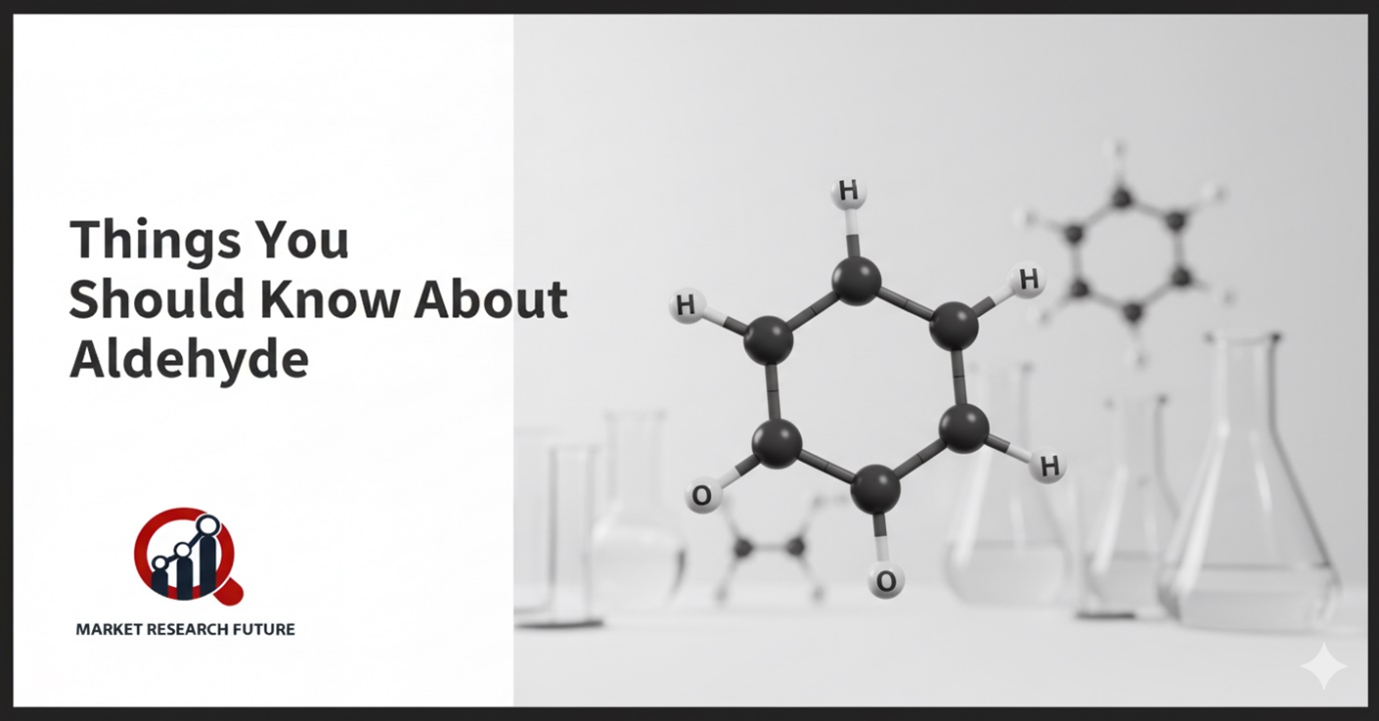Things You Should Know About Aldehyde

Aldehyde Market
Aldehydes are everywhere — in the air you breathe, the food you eat, and even in the scents you love. They’re organic compounds that contain a special chemical group called the carbonyl group, which gives them their unique reactivity and smell. From nature’s sweet fragrances to industrial manufacturing, aldehydes play a surprisingly big role in daily life.
Where Aldehydes Show Up
Aldehydes occur naturally in plants, fruits, and even the human body. They help create natural aromas in foods like bread, coffee, and fried dishes. In industry, aldehydes are used in perfumes, flavorings, plastics, and pharmaceuticals.
Formaldehyde, one of the most well-known aldehydes, plays a key role in manufacturing resins, textiles, and disinfectants. Though it’s carefully controlled due to safety concerns, it remains an essential chemical building block.
Recent innovations have led to the development of greener aldehyde production methods — reducing emissions and using bio-based raw materials instead of fossil fuels. This sustainable shift is gaining momentum as industries move toward cleaner chemistry.
Major Uses of Aldehydes
Flavors and Fragrances
Many aldehydes are key to scent and taste. Cinnamon’s signature scent comes from cinnamaldehyde. Benzaldehyde gives that almond-like smell. These compounds show up in perfumes, essential oils, and flavoring agents in food.
Pharmaceutical and Chemical Intermediates
Aldehydes often serve as building blocks in drug synthesis. Their reactivity lets chemists add, modify, or transform pieces of molecules to create complex pharmaceuticals or specialty chemicals.
Polymers, Resins & Materials
Formaldehyde is famous for its role in making resins, plastics, coatings, and adhesives. Thanks to its reactivity, it helps crosslink polymers and improve material properties.
Food Preservation & Microbial Control
Some aldehydes act as antimicrobials or preservatives. In low, controlled doses, they help slow spoilage or inhibit microbial growth in processed foods.
Biochemistry & Metabolism
In living systems, aldehydes play essential roles. They act as intermediates in biochemical pathways, such as those involved in amino acid biosynthesis and cellular metabolism.
The Future of Aldehydes
Aldehydes have a bright future because they can be used in many different fields, including research. More and more, they are being employed in green manufacturing, medicines, and sustainable chemistry. Their uses are growing thanks to improvements in synthetic technologies and bio-based manufacture.
As more and more people want chemicals that are good for the environment and work well, aldehydes will continue to be an important part of both industrial and consumer goods.

Leave a Comment